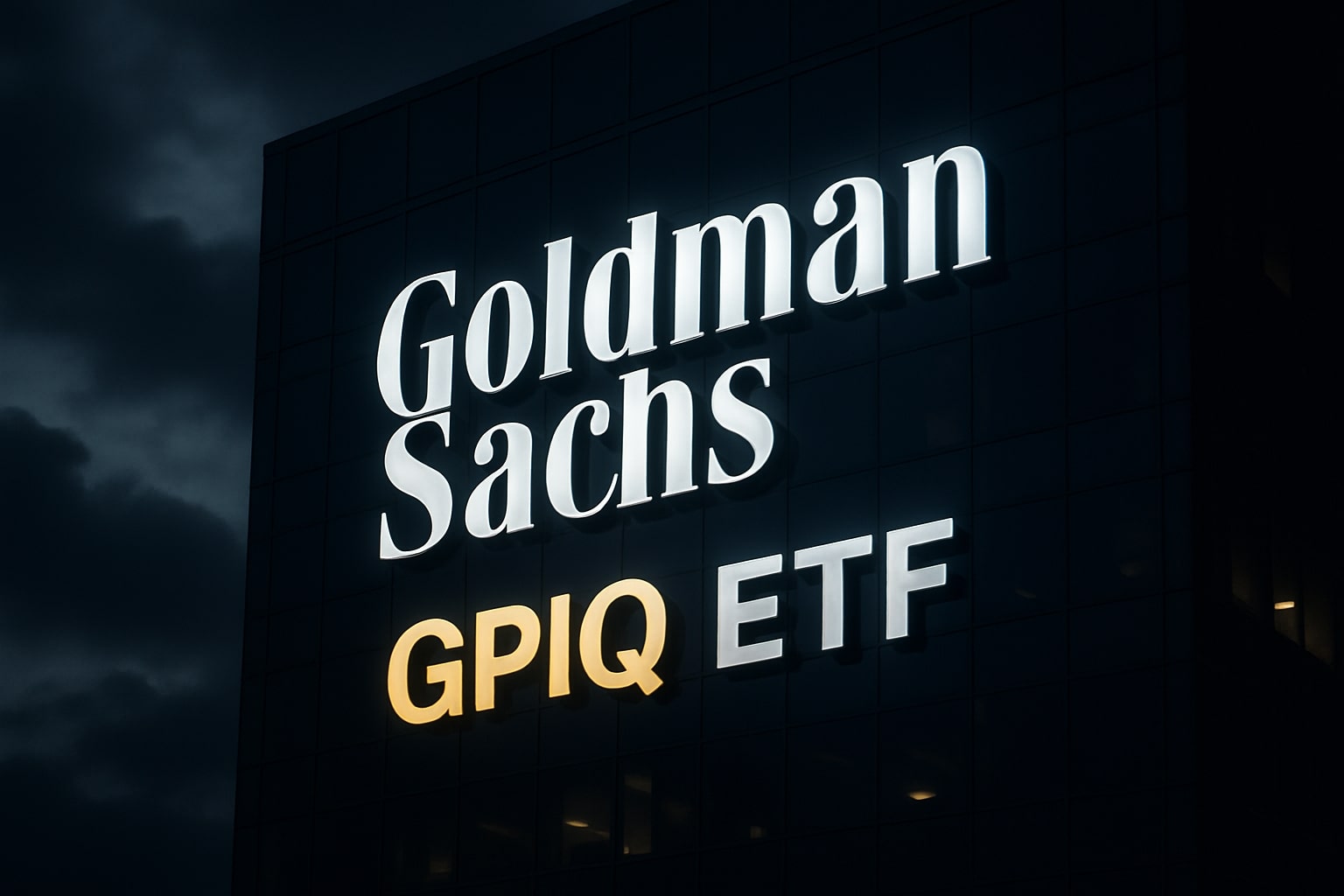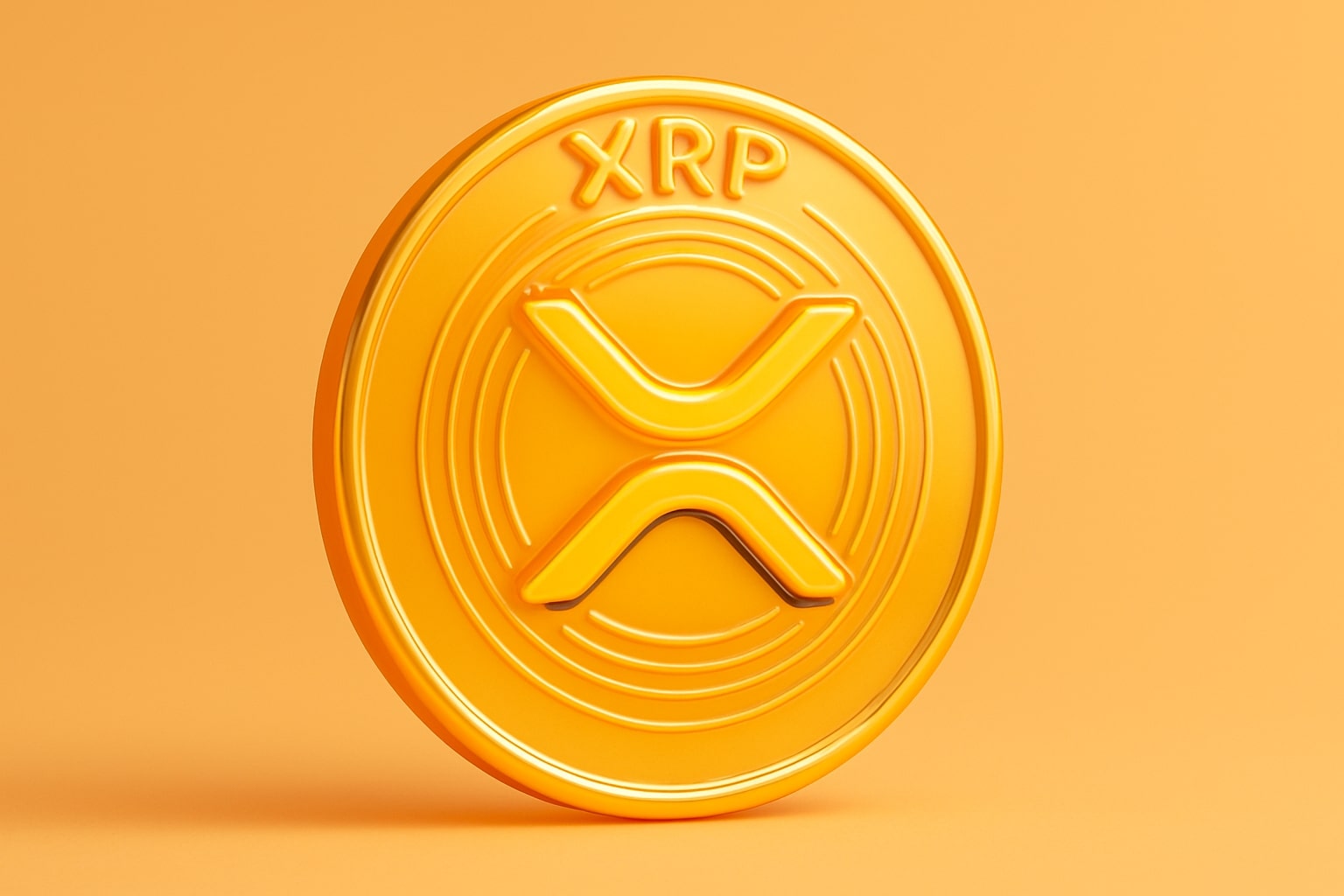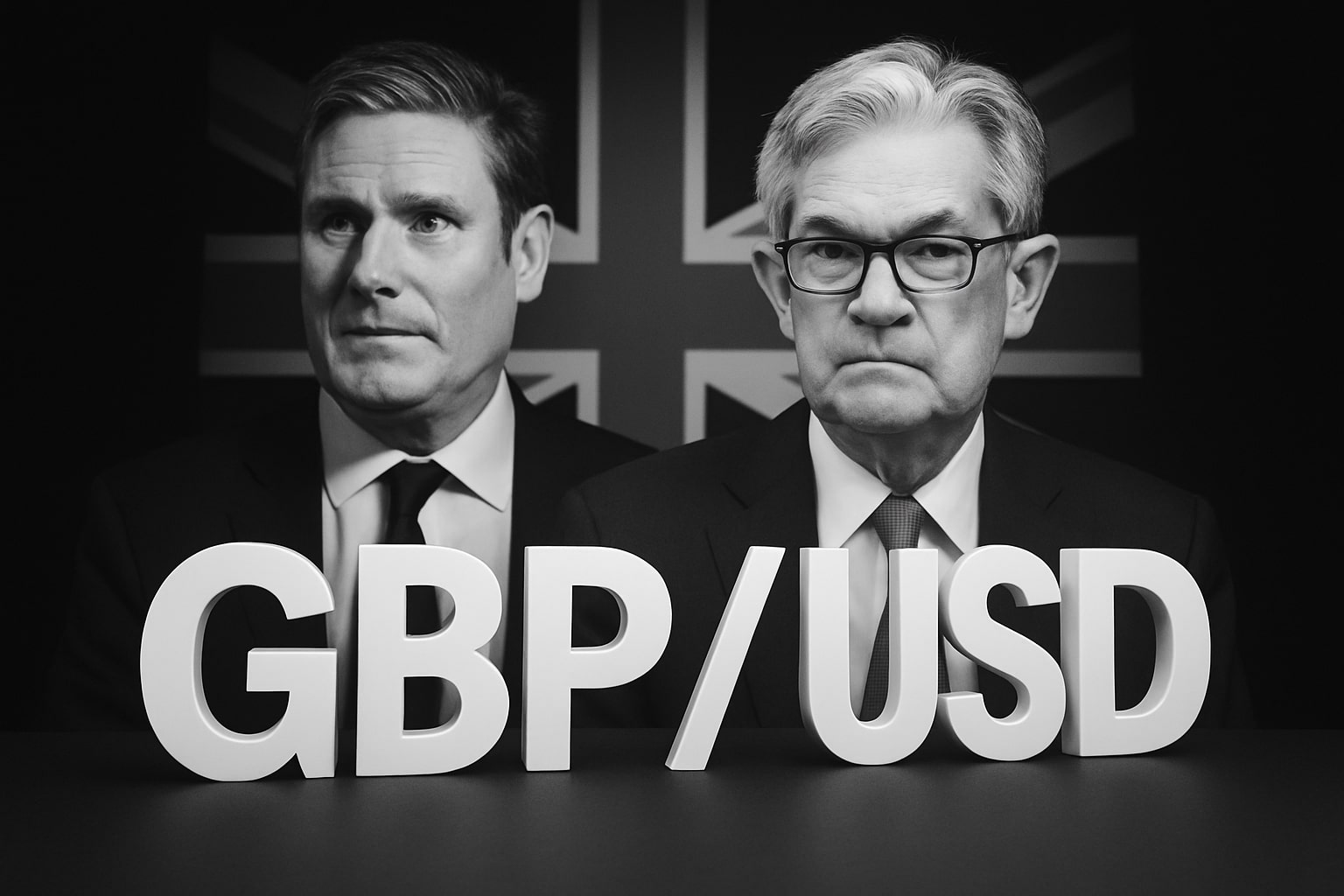
Robinhood Stock Price Forecast - HOOD Shares Rockets Past $128 After 270% Profit Jump
Robinhood delivers $1.27B in Q3 revenue and 43.6% net margin, launches Gold Card with 500K users, integrates Bitstamp, and expands tokenized equities — positioning itself as fintech’s next global powerhouse | That's TradingNEWS
Robinhood Markets Inc. (NASDAQ:HOOD) — Profit Breakout, Ecosystem Dominance, and Institutional Expansion Drive a New Fintech Era
Earnings Explosion and Market Repricing of Growth
Robinhood Markets Inc. (NASDAQ:HOOD) has entered a new growth phase that is reshaping the fintech landscape. The stock trades near $128.20, up 10.93%, after the company’s Q3 2025 results stunned Wall Street with one of the strongest growth prints in its history. Revenue doubled year-over-year to $1.27 billion, while net income surged 270% to $556 million. The company’s net margin expanded to 43.6%, an exceptional level for a brokerage business that, only two years ago, was still unprofitable.
Robinhood’s performance is no longer a story of user growth—it’s a story of monetization power. Assets under custody (AUC) climbed to $333 billion, supported by $20.4 billion in net deposits, while the active user base rose to 27.4 million funded accounts. The company is now consistently cash-flow positive, producing $742 million in adjusted EBITDA for the quarter, up 122% from a year earlier. These results establish Robinhood as a fully scaled financial platform, capable of converting high engagement into durable profit.
Ecosystem Integration: The Core of Robinhood’s Transformation
CEO Vladimir Tenev has positioned Robinhood as a financial ecosystem designed to retain customers across every stage of their financial journey. The company’s expansion is not limited to trading—it now spans savings, credit, and banking, each reinforcing the other. This network effect is what differentiates Robinhood from traditional brokers and single-line fintech players.
At the center of this model is Robinhood Gold, the company’s subscription-tier service. Gold memberships have grown to 1.7 million, an increase of 400,000 in a single quarter. Members receive 3% IRA matches, premium customer support, and access to high-yield savings rates reaching 3.5%. Gold revenue rose 68% year-over-year to $47 million, while the “Other Revenue” category—which includes advertising, transfer fees, and Gold benefits—reached $88 million, more than doubling.
Tenev’s strategy mirrors Apple’s ecosystem logic: build interconnected products that make leaving costly. As more of a user’s financial life—credit card, IRA, checking, trading—sits inside Robinhood’s platform, retention increases, and the cost of acquisition drops sharply.
The Gold Card: Turning Spending Into Retention
The Robinhood Gold Card, launched earlier this year, has quickly become a central retention tool. The card now has over 500,000 active users, a fivefold increase year-over-year, and processes $8 billion in annualized spending. With 3% unlimited cashback, no fees, and direct integration with Gold savings accounts, the card is designed not to compete with traditional rewards programs, but to pull liquidity back into Robinhood’s ecosystem. Every swipe extends user engagement—converting transactional behavior into a financial relationship.
The company has also introduced shared household features, allowing families to link accounts, synchronize spending limits, and consolidate cashback. This multi-user strategy mirrors Amazon’s Prime household model, building collective loyalty and driving deposits through shared benefits.
Trading Strength and the Crypto Acceleration
Robinhood’s transaction-based revenue rose 129% to $730 million, driven by a broad rebound in market activity. Options trading contributed $304 million, up 50%, while equity trading climbed 132% to $86 million. But the breakout came from cryptocurrency trading, which soared 339% year-over-year to $268 million.
The acquisition of Bitstamp, completed earlier this year for $200 million, expanded Robinhood’s global crypto presence and opened institutional liquidity routes across Europe and Asia. Bitstamp’s infrastructure allows Robinhood to process larger orders with improved execution and lower spreads, increasing profit per trade. The company now routes crypto transactions across multiple exchanges, automatically sourcing best prices—an institutional-grade capability that further differentiates it from retail-only platforms like Coinbase.
Crypto now represents 37% of Robinhood’s total transaction revenue, and management expects that share to rise as tokenized assets, ETFs, and prediction contracts integrate into its platform in 2026.
Prediction Markets: The New Growth Engine
The Prediction Markets division has quietly become one of Robinhood’s most profitable verticals. More than 2.3 billion contracts were traded in Q3, and 2.5 billion in October alone, setting the business on a $300 million annualized run rate. The company’s entry into event-based markets—ranging from elections and sports to macroeconomic outcomes—extends its reach into behavioral finance and speculative entertainment, an area that traditional brokers can’t access.
Robinhood now controls over 32% of the U.S. prediction market volume, surpassing both Kalshi and Polymarket. Its advantage is not in niche design, but in scale—users trade prediction contracts alongside equities, options, and crypto, all within one wallet. This consolidation boosts cross-product trading volume, flattens volatility exposure, and strengthens Robinhood’s fee consistency across cycles.
Robinhood Banking: Building a Full Financial Infrastructure
The company’s new Robinhood Banking division marks its move into full-stack financial services. Customers can now open checking and savings accounts with yields up to 3.5%, while managing credit lines, tax tools, and estate-planning services through a unified app interface. Deposits are FDIC-insured through partner banks, a critical milestone for long-term trust.
In parallel, Robinhood has quietly launched a mortgage pilot program in partnership with Sage Home Loans, offering interest rates 0.75% below national averages and a $500 closing bonus. This initiative places Robinhood in direct competition with online mortgage brokers and signals its intent to capture cross-segment market share from traditional banks.
Global Expansion and Tokenized Equities
Robinhood’s global push continues with the launch of tokenized U.S. equities and ETFs on Arbitrum, an Ethereum Layer-2 blockchain. European investors can now access over 400 tokenized securities, paying small 10-basis-point FX conversion fees. This innovation has opened a high-frequency international trading corridor, expanding Robinhood’s user base beyond North America and tapping into a new generation of blockchain-native traders.
Tokenized equities are expected to become a long-term revenue driver, with projected trading volumes of $12–15 billion annually by 2026, according to internal forecasts.
Read More
-
Coca-Cola Stock Price Forecast - KO Shares Strengthens Above $72, Rate Tailwinds Drive $78 Price Target
27.11.2025 · TradingNEWS ArchiveStocks
-
XRP Price Forecast - XRP-USD Climbs to $2.21 as XRP ETF Demand Surges and UAE Greenlights RLUSD Stablecoin
27.11.2025 · TradingNEWS ArchiveCrypto
-
Oil Price Forecast - Oil Markets Slide: WTI (CL=F) Near $58, Brent (BZ=F) at $62 Amid OPEC+ Output Expansion
27.11.2025 · TradingNEWS ArchiveCommodities
-
Stock Market Today - Dow 47,427 and Nasdaq 23,214 — Fed Cut Bets Power DELL, HOOD, and URBN in Holiday Rally
27.11.2025 · TradingNEWS ArchiveMarkets
-
GBP/USD Price Forecast - Pound Holds Above 1.32 as Fed Rate Cut Bets and U.K. £22B Fiscal Cushion Lift the Pound
27.11.2025 · TradingNEWS ArchiveForex
Profitability, Cash Flow, and Cost Discipline
While topline growth has been explosive, cost discipline has remained intact. Operating expenses rose 31% year-over-year to $639 million, but revenue outpaced them by more than 3×. General and administrative costs increased 39% to $185 million, while marketing spend climbed 73% to $102 million, a necessary trade-off for growth-stage scaling. Despite these expenses, Robinhood posted an EBITDA margin of 58%, its highest ever.
Net interest income grew 66% to $456 million, boosted by margin loans, idle-cash yields, and securities lending, which jumped 358% year-over-year to $68 million. Return on assets rose to 5.8%, highlighting efficient capital deployment and a balance sheet built for scale rather than survival.
Valuation and Competitive Landscape
At a forward P/E of 53, Robinhood trades at a premium to Charles Schwab (NYSE:SCHW) at 21× and Interactive Brokers (NASDAQ:IBKR) at 34×, but the growth justification is clear. Robinhood’s 74.6% annual revenue growth and 20.6% long-term EPS CAGR far exceed peers. Its model spans multiple revenue vectors—brokerage, crypto, credit, and event markets—while competitors remain bound to single verticals.
Its acquisition of LedgerX and deepening integration with Kalshi have strengthened its derivative and prediction market infrastructure, positioning Robinhood as a hybrid between Coinbase and Schwab, but with broader monetization per user. Institutional adoption is also accelerating, as hedge funds and trading desks onboard through Bitstamp for liquidity routing and settlement efficiency.
Risk Factors and Market Sensitivity
Despite the strong performance, risk remains tied to market cycles. Transaction volumes rely on volatility, and a prolonged equity or crypto slowdown could compress near-term margins. Crypto revenue concentration is notable, making Robinhood sensitive to digital asset drawdowns. Additionally, regulatory oversight around event contracts and tokenized assets could create headline risks through 2026.
However, Robinhood’s diversification mitigates much of that risk. Even in lower-volatility quarters, Gold subscriptions, interest income, and banking deposits provide recurring revenue that stabilizes cash flow.
Insider Activity and Institutional Confidence
Recent insider filings show balanced activity — some profit-taking after the rally, but also notable long-term holdings retained by senior executives. Institutional ownership continues to grow, led by ARK Invest, BlackRock, and Vanguard, who have expanded their HOOD positions following Q3’s results. View insider transactions here.
Verdict: Buy — Robinhood Redefines Modern Finance
Robinhood’s transformation from a retail brokerage into a multi-vertical financial platform is complete. The company’s growth metrics, balance sheet, and product ecosystem now rival incumbents that once dismissed it. With revenue up 100% year-over-year, net margin at 43.6%, and a new pipeline spanning mortgages, futures, and tokenized markets, NASDAQ:HOOD represents one of the most compelling growth stories in fintech.
Current Price: $128.20
12-Month Target Range: $140–$155
Investment Rating: Buy — supported by ecosystem scalability, global tokenization, and institutional expansion



















